You have a beautiful vegetable garden. Or, perhaps, you grow pretty flowers. Maybe you have plants that are hazardous to your pup. No matter what your situation is, now, you’re looking for ways to protect both your garden and your dog.
There are a number of different ways in which you can keep your dog safe and ensure that your garden continues to thrive. Here are some of your fencing options as well as alternatives to fences.
Chain Link Fence
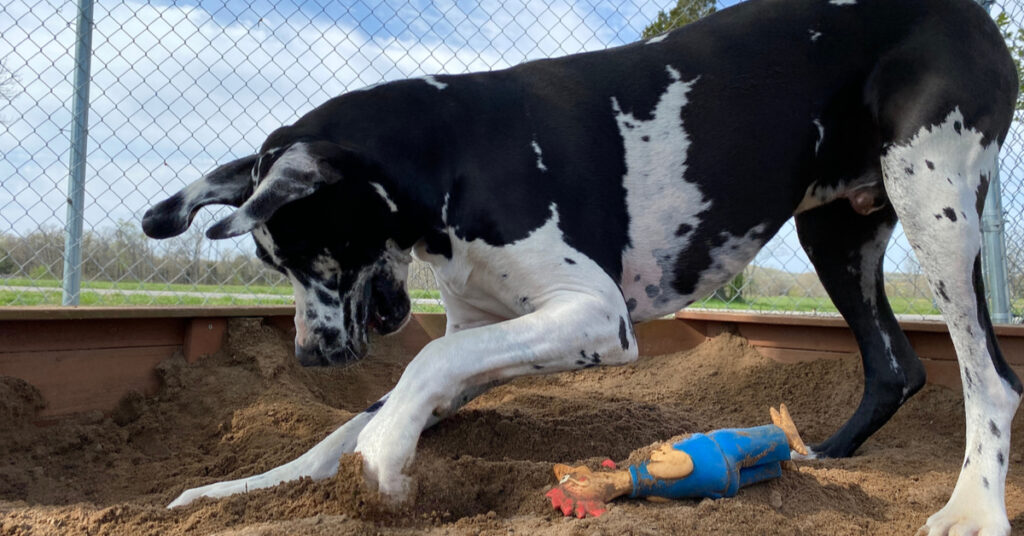
Chain link fences are made of a metal chain link fabric, which attaches to metal fence posts. They are one of the cheaper types of fences, and they’re easy to install – it should only take a day or two if you do it DIY style.
While chain link fences are pet safe for small dogs, just keep in mind that if you have a large dog or a dog that’s a good climber, he will be able to use the fence to get out. You’ll want to choose a sturdier and safer type of fence for your tall dog.
Invisible Fencing
An invisible fence also called an electric fence, can keep your dog in one area of your yard and away from your garden. You can purchase an electric fence on Amazon or a pet store website and try it out.
However, if you live in an area with predators that may attack your dog or other critters who are wreaking havoc on your garden, an electric fence is not going to be enough protection. Plus, if your dog is determined, he may simply run through the electric shock, which is not safe.
A better option is to put a real fence around your yard and an invisible pet fence around the garden, as long as your dog doesn’t try to run through the shock.
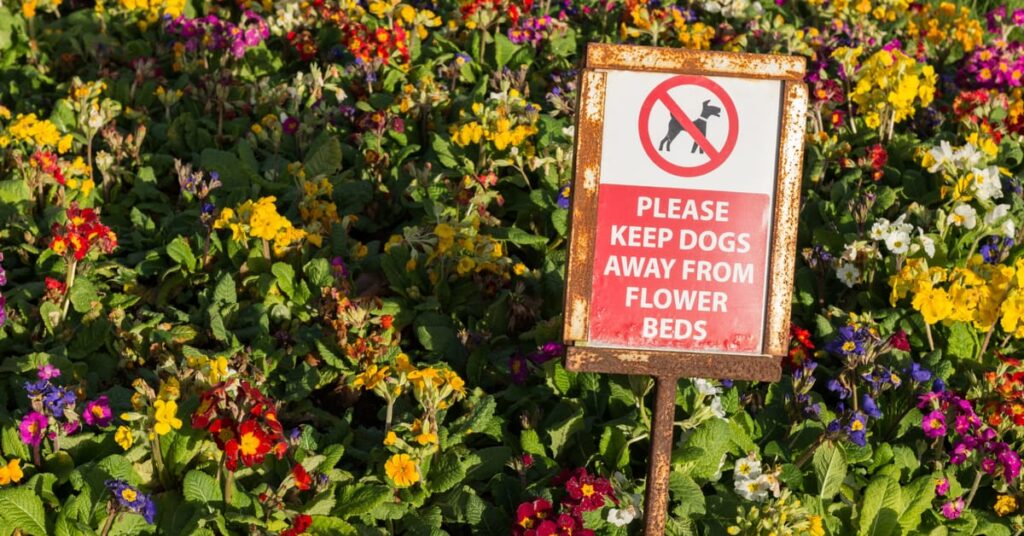
Wood Fence
Another type of dog-proof garden fencing you could install is a wood fence. You can get a tall wood fence around your garden bed, which should be sturdy enough to keep even your large dog at bay.
If your dog is a digger, you can line the bottom of the fence with a chain link or chicken wire. Then, you’ll have one of the best types of fencing combined with a no-dig barrier. If you get a picket fence, this will look aesthetically pleasing in your yard.
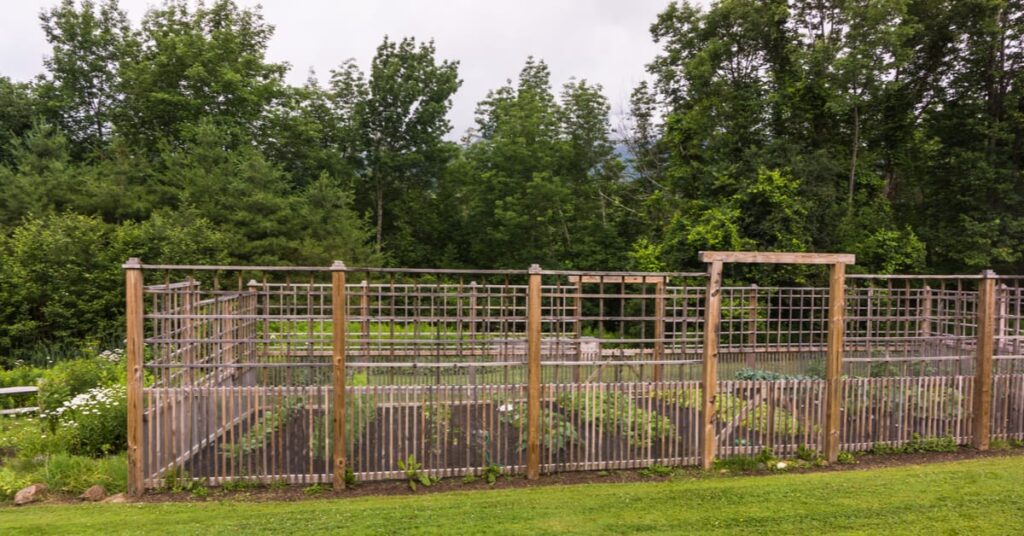
Garden Fencing for Dogs: Wire Fencing
Dog owners will find that there are many types of heavy-duty wire fencing that they can use in their yard, like wire mesh, woven wire, welded wire, aluminum, steel fence, chicken wire (also known as poultry netting), and poly wire.
You can go to the hardware store or consult a contractor and ask about which barrier fence is right for your yard and will fit within your budget. Remember to ask about flower bed fencing and protecting vegetables and flowers. Just make sure that you don’t invest in fencing material where the slats are too big because your small dog may be able to fit right through the openings and could break in and wreck your garden.
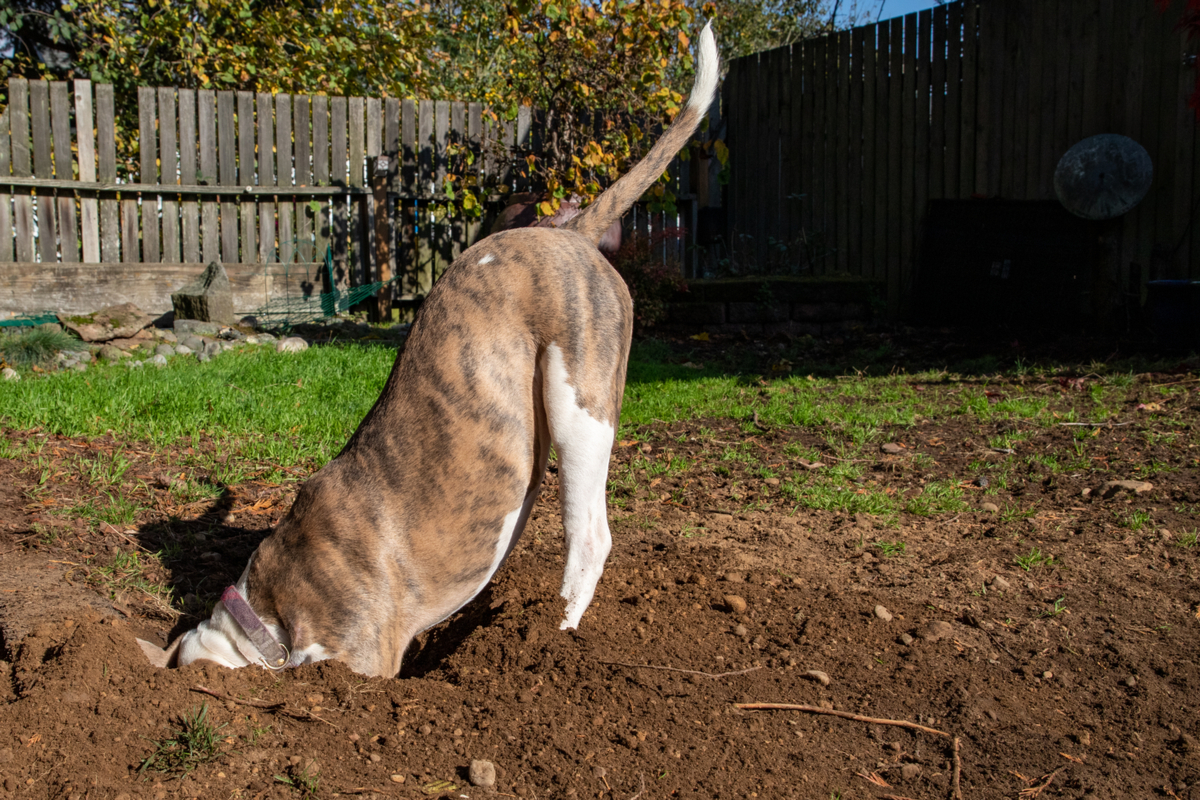
Vinyl Fence
A vinyl fence is one of the best fences because it is dog-friendly and looks nice. You can also plant around your PVC vinyl fence and water your flowers without causing the fence to rot or rust, as other fences would.
These privacy fences don’t require painting or staining, and your dog won’t want to scratch it up like he would with a wood fence. Unlike a chain link fence or other types of fences, there are no sharp edges, so you know it’s going to be pet safe.
Alternatives to Fences

Aside from investing in dog fence ideas, you can take other steps to keep your dog away from your garden, including the following.
Use Retaining Walls
When it comes to landscaping, you can place your garden behind retaining walls made of wood or stone to deter your dog. This could work for small dogs, but large dogs might ignore the walls and go right in.
Try Dog Repellant Plants
Instead of getting a garden fence, homeowners could just plant some dog repellant plants to keep their pup away. For instance, your dog won’t go near your plants if he smells chili peppers. Citrus trees, citronella plants, rosemary, lavender, and curry plants will also keep your dog away.
Add Mulch
Add mulch to your garden to ensure your pup stays on his dog run and out of your plants. Some dogs won’t want to walk on uncomfortable mulch material like plant clippings, big wood chips, or chunky pinecones.
Address His Behavior
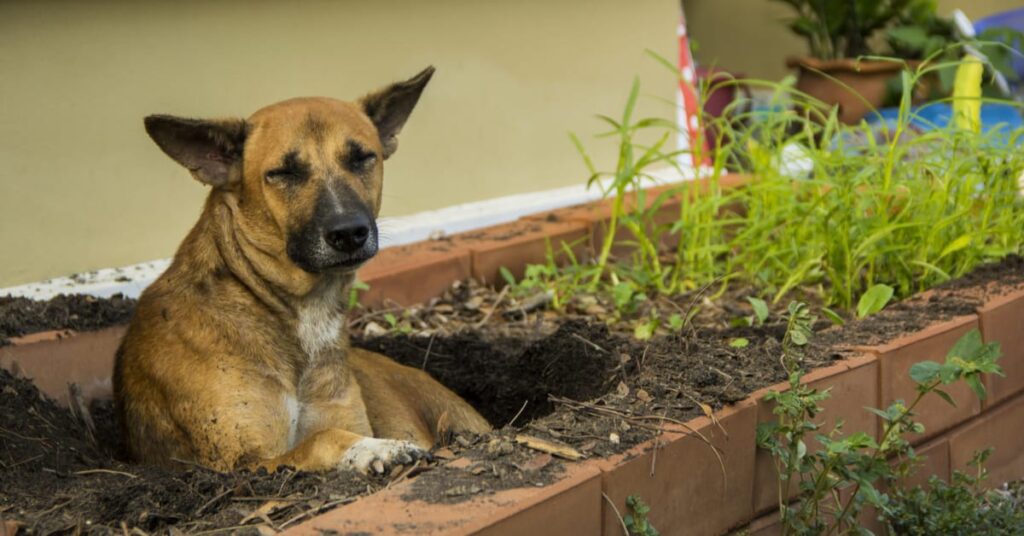
Your dog may be destroying your garden because he’s bored. By addressing this behavior, you can train him not to go into your garden. One way to give him some stimulation is to invest in the right toys.
For example, puzzle toys will keep your dog entertained for long periods of time as he tries to solve the puzzle and snag his favorite treats or toys. You could try a Hide A Squirrel Plush Puzzle Toy, which includes squeaky toys that you hide away. Your dog’s natural instincts will kick in and he will go after the squeaky squirrels inside.
Another option is the MultiPuzzle Interactive Dog Treat Puzzle Toy, a level four puzzle that requires your dog to complete a series of steps before he can snag a treat. All you need to do is put tasty treats inside so he will be tempted to solve the puzzle.
Remember that if your dog is a puppy, he’s still teething, so buy him some teething toys so that he won’t destroy your garden.
Make sure that you play with your pup on a daily basis. You could play tug of war or fetch, or run with him around the yard. Also, give him walks so that he’ll be too tired to want to dig up your garden. You could also take him to the dog park to release some of his pent-up energy.
You should let your vet know about your dog’s behavior and ask if he has a vitamin deficiency. This could be why he’s munching on your plants. Your vet may be able to make some suggestions and give your dog the nutrients he needs.
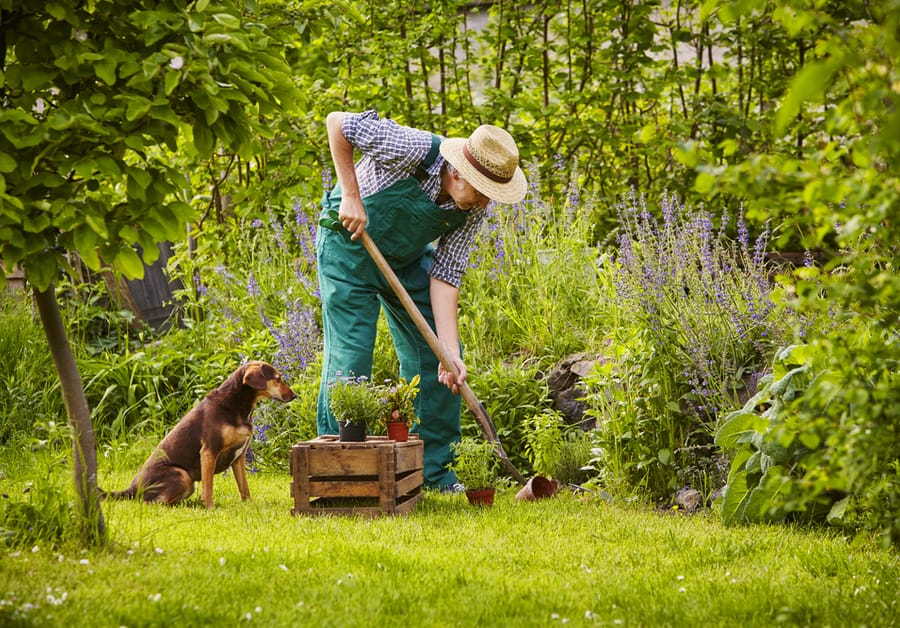
Protecting Your Garden – And Your Pup
By taking these steps, you can keep your dog safe and your garden nice and healthy. Then, you’ll be able to enjoy your flowers, vegetables, and other plants while knowing that your dog is having a fun time in your yard as well.

